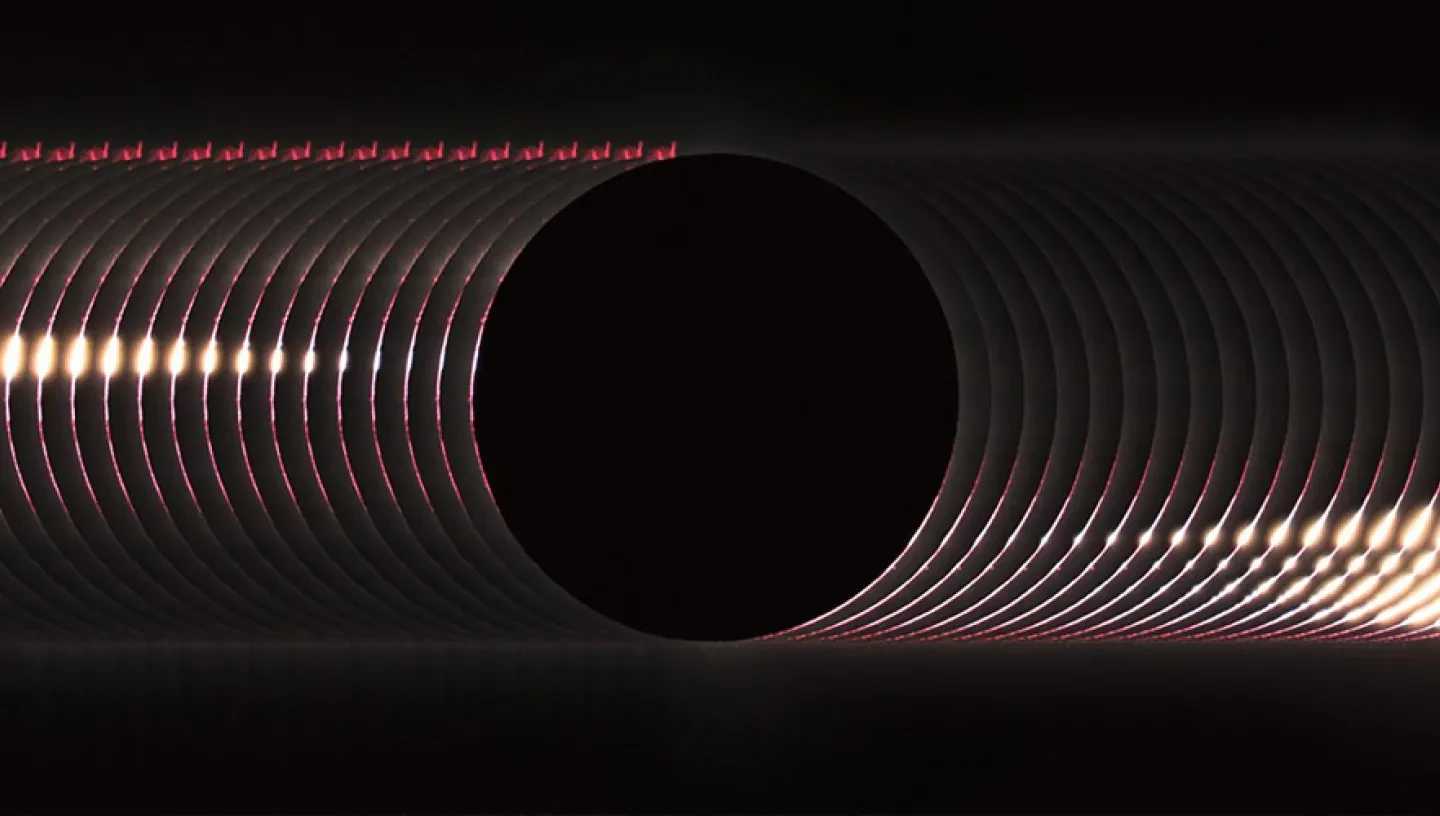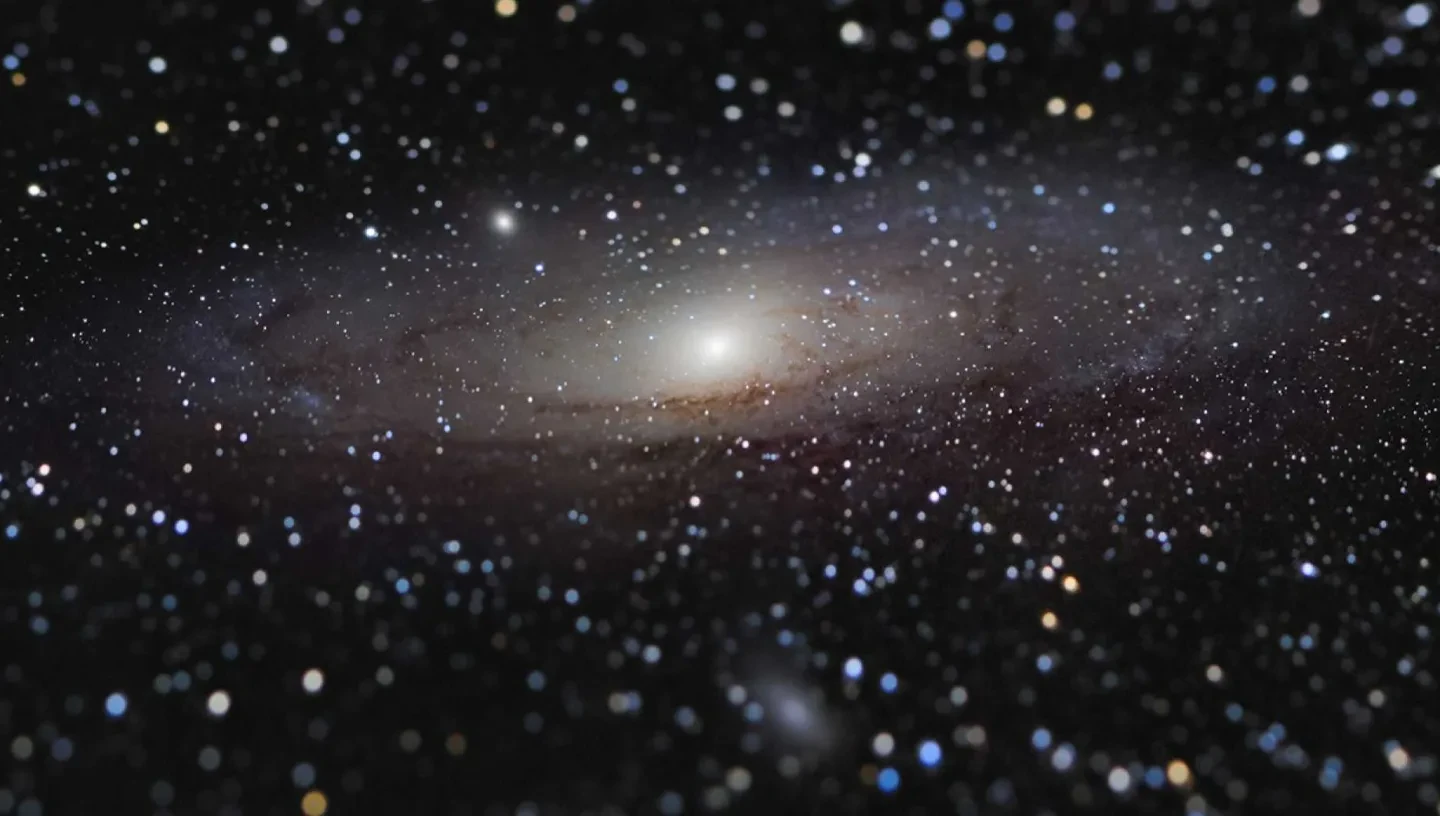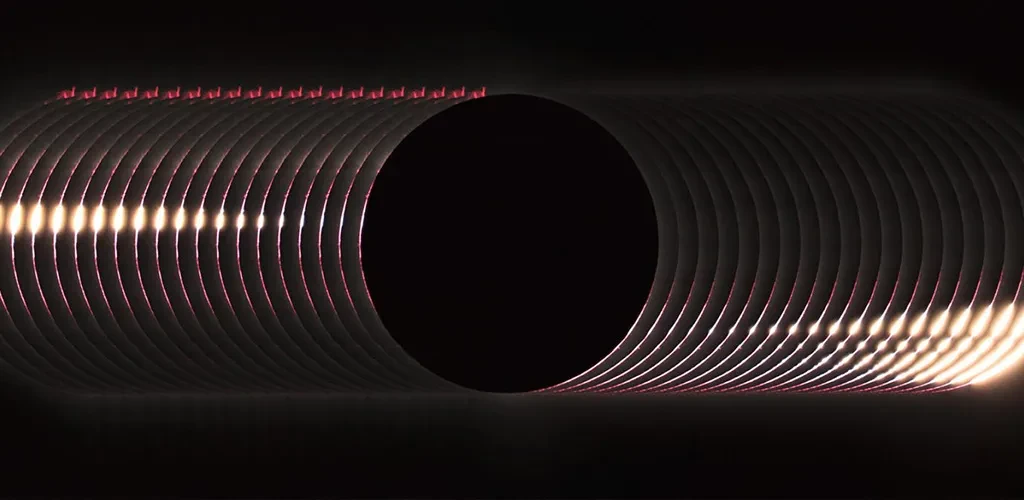
"I took a series of photos of the 2016 total solar eclipse in Luwuk, Indonesia and stacked them to show the dramatic Baily’s Beads formation," explains photographer Yu Jun.
But what are Baily's Beads?
"Baily’s Beads occur as the Moon passes in front of the Sun," Jun explains. "From Earth it seems like the sunlight seen around the edge of the Moon is broken into fragments because the uneven lunar surface obscures some of the light. This creates the illusion of a string of beads encircling the Moon.
"Sometimes at this stage you can also see what is called the ‘Diamond Ring Effect’ where only one bead of light is prominent."
Equipment used: Canon EOS 5D Mark II camera, Sigma DG OS HSM 150-600 mm f/5–f/6.3 lens at 600 mm f/10, ISO 100, multiple 1/1600-second exposures
Baily’s Beads are among astrophotographers’ favourite technical challenges, but I haven’t seen such an accomplished composition before!
It’s like an exercise in photographic goldsmithing: the photographer has crafted an array of the finest rings of light, adorned with flame-shaped ruby prominences, and accents of glimmering gold. It is refined and luminous – simply gorgeous.
Melanie Vandenbrouck, competition judge


